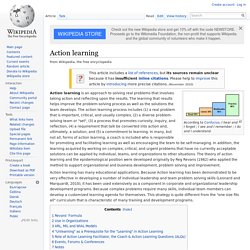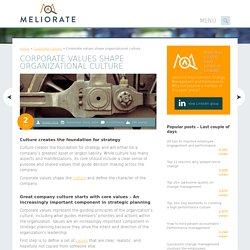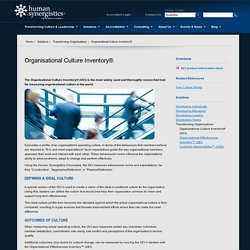

Characteristics of a sustainable business model. Over the last year a new term has been rising up – the sustainable business model.

So far it has been used to signal the need to go beyond innovating products or services, and change the fundamentals of how a business makes money. At Forum for the Future we are trying to work through the detail of what makes a sustainable business model so more and more companies can act. We started with an earlier question, what is a ‘business model’? I like Alex Osterwalder’s take: “a business model describes the rationale of how an organization creates, delivers and captures value”. How does the customer proposition combine with the profit formula, the key resources and processes in a compelling way?
And, of course, one company can have many business models. So, what is a sustainable business model? First, it must be commercially successful – why is this proposition valuable to the customer and how can you deliver at a profit from it? Action learning. According to Confucius, I hear and I forget ; I see and I remember ; I do and I understand.

Action learning is an approach to solving real problems that involves taking action and reflecting upon the results. The learning that results helps improve the problem-solving process as well as the solutions the team develops. The action learning process includes (1) a real problem that is important, critical, and usually complex, (2) a diverse problem-solving team or "set", (3) a process that promotes curiosity, inquiry, and reflection, (4) a requirement that talk be converted into action and, ultimately, a solution, and (5) a commitment to learning.
In many, but not all, forms of action learning, a coach is included who is responsible for promoting and facilitating learning as well as encouraging the team to be self-managing. Action learning has many educational applications. Revans' Formula[edit] Professor Reginald Revans is the originator of action learning.
Q uses : "closed" questions: who? Amazon. The 8-Step Process for Leading Change - Kotter International. Welcome to the Process Excellence Revolution. The McKinsey 7S Framework - Strategy Skills from MindTools.com. Ensuring That All Parts of Your Organization Work in Harmony Learn how to use the 7-S Framework, with James Manktelow & Amy Carlson.

How do you go about analyzing how well your organization is positioned to achieve its intended objective? This is a question that has been asked for many years, and there are many different answers. Some approaches look at internal factors, others look at external ones, some combine these perspectives, and others look for congruence between various aspects of the organization being studied. Ultimately, the issue comes down to which factors to study. While some models of organizational effectiveness go in and out of fashion, one that has persisted is the McKinsey 7-S framework. The 7-S model can be used in a wide variety of situations where an alignment perspective is useful, for example, to help you: The McKinsey 7-S model can be applied to elements of a team or a project as well.
Turtle.jpg (JPEG Image, 1216 × 1329 pixels) - Scaled (75%) Untitled. Action learning. Amazon. Peter M. Senge - Society for Organizational Learning North America Inc. Self-Assessing. Manage Change, Maximize Performance - Prosci. Amazon. Amazon. ProcessoftransitionJF2012.pdf. The Values-Driven Organization: Unleashing Human Potential for Performance and Profit: Richard Barrett: 9780415815031: Amazon.com: Books. Corporate values shape organizational culture. Culture creates the foundation for strategy Culture creates the foundation for strategy and will either be a company’s greatest asset or largest liability.

While culture has many aspects and manifestations, its core should include a clear sense of purpose and shared values that guide decision making across the company. Corporate values shape the culture and define the character of the company. Great company culture starts with core values – An increasingly important component in strategic planning Corporate values represent the guiding principles of the organization’s culture, including what guides members’ priorities and actions within the organization.
First step is to define a set of values that are clear, realistic, and hopefully not copied from someone else. Amazon. Organisational Culture Inventory® The Organisational Culture Inventory® (OCI) is the most widely used and thoroughly researched tool for measuring organisational culture in the world.

It provides a profile of an organisation's operating culture, in terms of the behaviours that members believe are required to "fit in and meet expectations".Such expectations guide the way organisational members approach their work and interact with each other. These behavioural norms influence the organisations ability to solve problems, adapt to change and perform effectively. Using the Human Synergistics Circumplex, the OCI measures behavioural norms and expectations, be they ‘Constructive’, ‘Aggressive/Defensive’ or ‘Passive/Defensive’. Defining a Ideal Culture A special version of the OCI is used to create a vision of the ideal or preferred culture for the organisation.